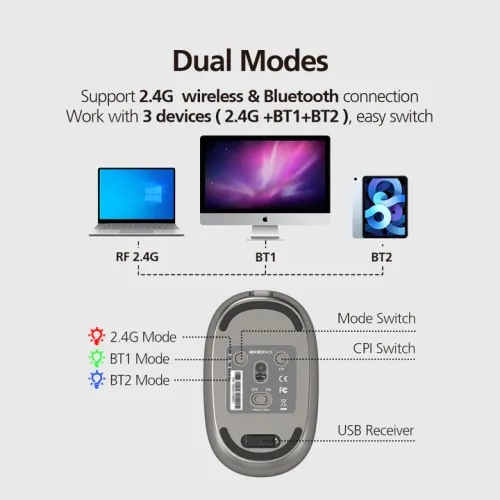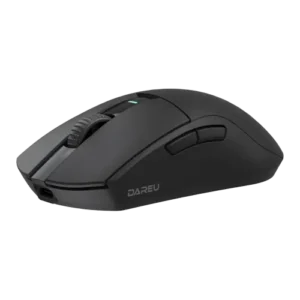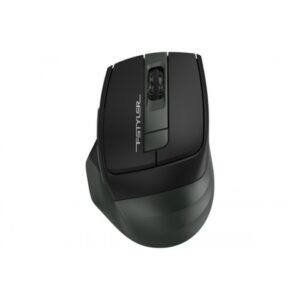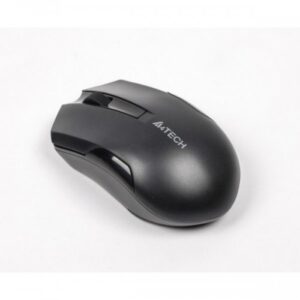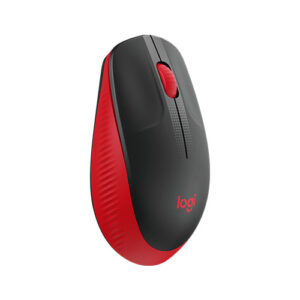Key Specifications and Features
A dual-mode wireless mouse embodies a range of specifications and features crafted to enhance the user experience significantly. At the heart of its functionality is the standard set of buttons, which includes the left key, right key, scroll wheel, mode switch, and DPI (dots per inch) switch. Each of these components plays a crucial role in providing a seamless interaction between the user and the digital interface.
The left and right keys serve their traditional functions—clicking to select and executing commands. The scroll wheel, often overlooked, facilitates smooth navigation through lengthy documents and web pages, allowing users to move efficiently without repeated clicks. Meanwhile, the mode switch is pivotal for transitioning between connection modes, typically Bluetooth and RF (radio frequency). This versatility provides adaptability in varying environments, whether connecting to a computer or a mobile device.
The DPI switch is particularly important for users who require precision in their movements. By adjusting the sensitivity settings, such as switching between normal and high DPI settings, users can tailor their experience to different tasks, from precise graphic design work to rapid gaming responses. Ergonomics are equally vital; the design of a dual-mode wireless mouse often features contours that fit comfortably in the hand, reducing strain during prolonged usage. Many models also offer customizable options for the keys, which can be programmed to execute specific functions based on individual preferences or workflows.
Moreover, the overall performance of a dual-mode wireless mouse is reflected in its battery life, connectivity range, and compatibility with multiple operating systems. These features contribute to an optimized user experience, making it a valuable tool for both casual users and professionals alike.
Connection Types: Understanding Dual-Mode Connectivity
The dual-mode wireless mouse is a versatile device that offers users enhanced connectivity options through its ability to switch between wired and wireless modes seamlessly. This adaptability is primarily facilitated by two connection types: Bluetooth technology and 2.4GHz wireless technology. Of these, the 2.4GHz wireless connection is particularly recognized for its effectiveness in providing reliable data transmission while maintaining a stable connection over considerable distances.
The 2.4GHz technology operates within the spectrum of radio frequencies. It is notable for its extended range, typically allowing performance up to 30 feet away from the paired device. This increased range is particularly advantageous in various settings, such as offices or home environments where distance from the computer may vary. However, one must also consider potential interference issues that may arise in congested areas, such as buildings filled with multiple wireless devices. Despite this, the 2.4GHz frequency has been designed to minimize interference, often incorporating mechanisms to automatically select the clearest channels to ensure stable performance.
A key advantage of utilizing a dual-mode wireless mouse with 2.4GHz technology is the elimination of the limitations associated with wired connections. Users can enjoy unrestricted movement and reduced clutter, making for a more organized workspace. Additionally, the battery life of devices using this technology has considerably improved with advancements in energy management. Many modern dual-mode mice are built with efficient power consumption in mind, allowing for extended usage periods before needing a recharge or battery replacement.
In scenarios requiring quick adjustments or device switching, the ease of toggling between connectivity options can significantly enhance user experience. Overall, understanding the nuances of connection types, especially the benefits and challenges presented by 2.4GHz wireless technology, empowers users to make informed decisions about their dual-mode wireless mouse. This knowledge ultimately ensures a more tailored experience to meet their individual usage needs.

